In a dynamic operating and economic environment characterised by change and uncertainty, risk management is a critical success factor for us to achieve strategic and business objectives to remain resilient and deliver sustainable shareholder value.
Environment (internal and external)

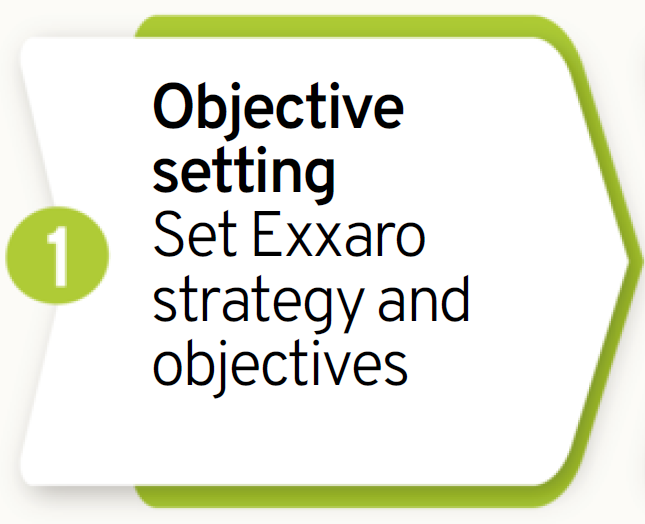
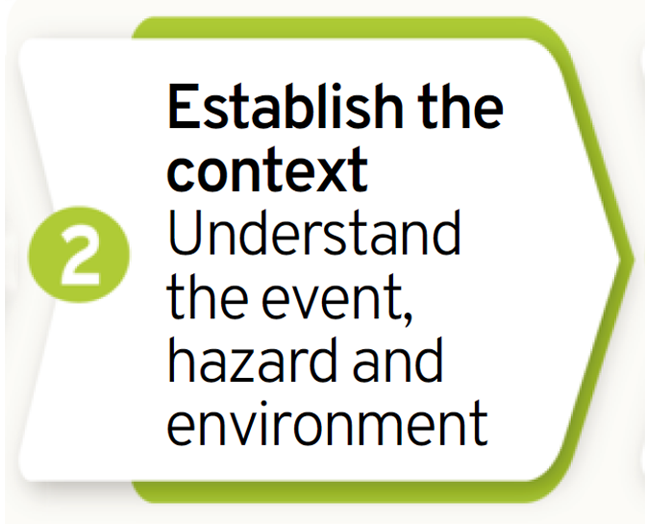
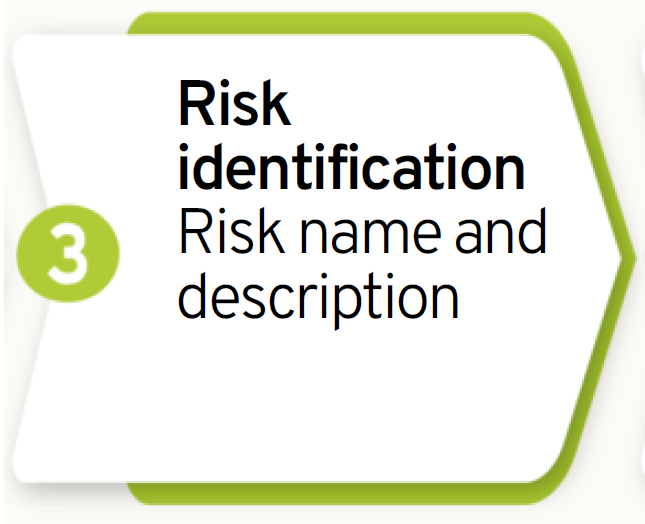
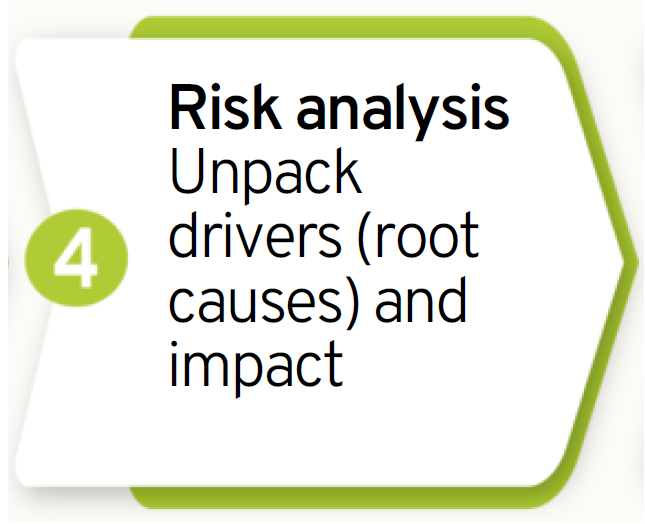
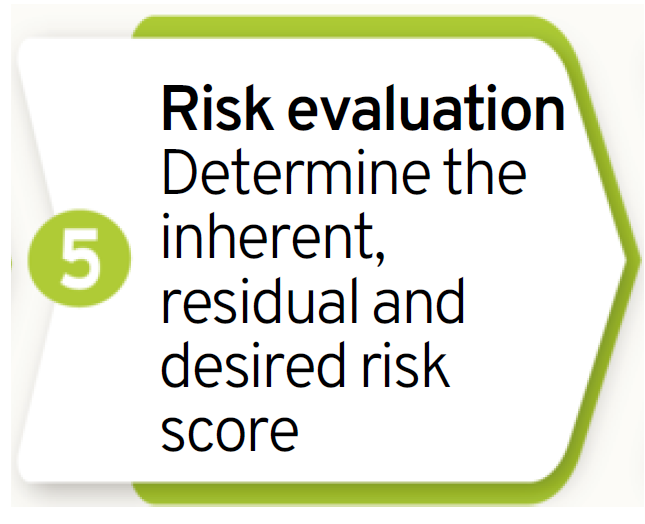
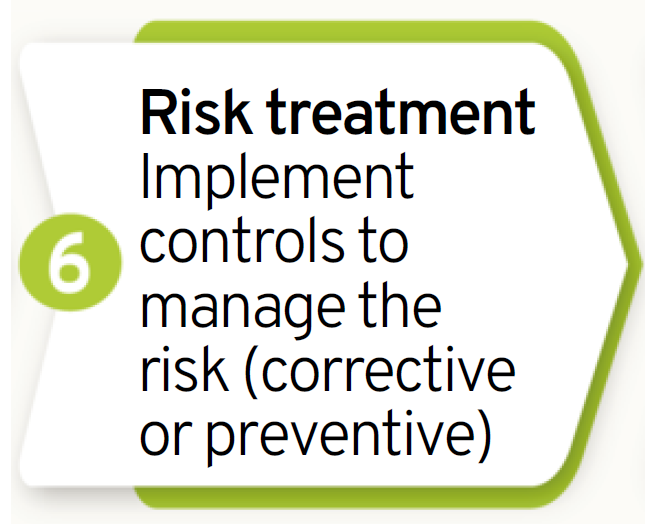
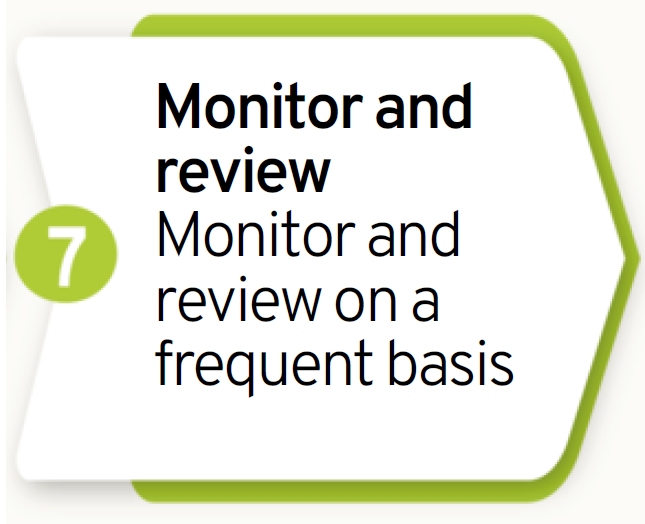
Reporting of risks
We follow a cascading approach by identifying risk events at the organisation's strategic, tactical and operational layers.
In the past four years, the mining industry has faced logistics constraints, fluctuating coal prices, global inflation and increasing geopolitical tension, among other challenges. Over this time, the global economy has also been impacted by a series of shocks, including post-COVID-19 inflation and the effects of the Russia-Ukraine and Israel-Hamas conflicts. In an uncertain and volatile environment, we rely on our mature risk management strategies to make agile and effective decisions to mitigate risk exposure and leverage opportunities.
Embedding risk management into our daily activities and processes is key to making informed decisions and proactively planning for possible future unwanted events stemming from internal and external sources. Exxaro's risk management philosophy identifies risk management as a strategic enabler rather than being compliance driven. This ensures that we think and act proactively at every layer to pursue our strategic objectives.
Exxaro's enterprise risk management (ERM) framework provides a proactive, systematic and integrated approach to risk management. The principles outlined in the framework form the foundation for our risk management philosophy, mission and vision. The ERM framework and process illustrated below are based on principles published by the Committee of Sponsoring Organizations of the Treadway Commission, the ISO 31000 international guideline on risk management and King IV. The framework also considers applicable codes of best practice such as ISO 9001, 14001 and 18001. The ERM framework is regularly reviewed to ensure it remains relevant and effective. The ERM framework was recently reviewed by Deloitte to assess maturity of ERM and benchmark against best practice. As a result of the exercise, improvement recommendations were identified and a roadmap created to ensure these are implemented.
Exxaro's ERM process is a strategic initiative fully supported by the board and executive management. The chief strategic resilience and governance officer is responsible for enabling ERM across the group, and reports to the board and the risk and business resilience (RBR) committee. The RBR committee regularly reviews the ERM framework to ensure alignment with current governance practices and standards. The board and executive committee monitor key performance indicators (KPIs) quarterly to ensure all risks are within Exxaro's risk appetite. The board is satisfied that the company and group have a mature risk process that ensures risks potentially impacting its strategic objectives are pursued by management to create shareholder value.
Significant risks from the strategic layer are filtered down to the tactical and operational layers and are supplemented by the identification of risks that have an impact across the organisation.
Significant risks originating at an operational layer will also be elevated to a strategic or tactical layer. In this way, the process incorporates a top-down/bottom-up view of risks within the organisation.

Exxaro's board and executive committee use risk appetite and tolerance levels to evaluate the level of risk the group is willing to endure in the pursuit of the company's strategy.
The risk appetite framework is updated annually or when deemed necessary as part of the strategic planning process.
Performance against our strategy and outlook
We use the ERM framework to identify and realise opportunities – for example, global energy transition to maximise value in the medium to long term in view of the achievement of growth objectives risk. We believe that, for Exxaro to remain sustainable in the future, it is important to adapt the minerals business to identify and pursue possible opportunities that ultimately create value, such as diversifying away from coal to future energy material and renewable infrastructure.
The following opportunities inform our Sustainable Growth and Impact strategy:
The trend report indicates changes in the residual risk score when comparing the 2023 and 2024 financial years. Our risk scores are derived from the product of the likelihood and the impact of the unwanted event*. The top 10 risks are arranged from highest to lowest risk score.
The 2024 ranking represents the key possible unwanted events we anticipate having a potential impact on our ability to achieve our strategic imperatives in 2024. These risks are reviewed on a quarterly basis and could change significantly depending on the internal and external root causes that drive these risks to materialise. These risks are prioritised, and treatment strategies have been designed and implemented. The effectiveness of these treatments will be monitored on an ongoing basis to ensure the risks are managed down to acceptable risk levels.
|
2024
ranking |
2024 top risks
(forward looking) |
2023
ranking |
2023 vs
2024 trend |
Comments | |||||
|---|---|---|---|---|---|---|---|---|---|
|
1
|
Unavailability of rail capacity |
1 |
TFR productivity remains our most significant challenge, with a low run rate (below 50Mt for the year) and increasing financial difficulties. Initiatives by Operation Vulindlela, a joint initiative of the South African Presidency and National Treasury, and the National Logistics Crisis Committee are identifying improvements for TFR, including influencing structural and leadership changes. Exxaro is implementing alternative solutions to close the gap on export performance created by TFR. These include road trucking and exports via alternative ports. |
||||||
|
2
|
Fatal risk incidents | 4 | This risk has increased due to a deterioration in safety indicators. Safety improvement plans are being implemented with strong emphasis on the effectiveness of preventive controls. This is supported by various other initiatives, including leadership visibility. | ||||||
|
3
|
Cybersecurity attacks impacting business |
3 |
Exxaro remains vigilant to the high risk of cyberattacks and manages
this risk through initiatives
that enhance our ability to detect, protect, respond and recover from cybersecurity
threats.
|
||||||
|
4
|
Country risk (geopolitical) |
7 |
The current political environment, slow economic recovery, deteriorating state infrastructure and other macro-economic factors have an adverse effect on the country risk assessment. General deterioration of infrastructure affects ability and cost of conducting business. We continue to participate in industry-wide structures to contribute to solutions to address industry and national challenges. |
||||||
|
5
|
Customer concentration risk |
2 | Risk continues to be monitored, taking the power utility’s operational challenges into account. | ||||||
|
6
|
Adverse threat to licence to operate |
8 | Challenges in achieving required spend on SLPs were identified, raising this risk and its potential impacts. Resources are being allocated in technical, supply chain and project management areas to address the gap. | ||||||
|
7
|
Community unrest | 9 | Instability is expected before election outcomes and after the elections (forming of coalitions, etc). The team has intensified proactive stakeholder engagement efforts to build relationships with stakeholders by creating a conducive environment to ultimately reduce the number of incidents encountered. | ||||||
|
8
|
Inability to achieve growth objectives |
5 | Increased pressure in delivering growth objectives to diversify Exxaro. The board approved additional minerals to be explored. We continue to explore further opportunities to add to the pipeline for consideration. The primary growth lever for the organisation is inorganic growth through acquisition. | ||||||
|
9
|
Labour unrest | 16 | The risk of labour unrest has increased due to the upcoming wage negotiations and recent unrest/hostage incidents at other mining companies. | ||||||
|
10
|
Inadequate response to climate change |
11 | Collaborate with value chain partners such as Eskom and the Council for Geosciences on carbon capture and storage for the mitigation of scope 3 emissions. |
| * | Risk = f (likelihood of risk occurring x impact of the risk). |
| Ranking in the top 10 is higher compared to the previous year | |
| Ranking in the top 10 remained unchanged compared to the previous year | |
| Ranking in the top 10 reduced compared to previous the year | |
| New | |
Exxaro's top 10 risks are plotted inherently (before controls) and residually (after controls) on the heat maps below, followed by an outline of our key identified risks, their main drivers, their potential impacts and mitigating treatments. We have considered internal and external risks. Our mitigation strategies depend on the severity of impact and likelihood of occurrence.

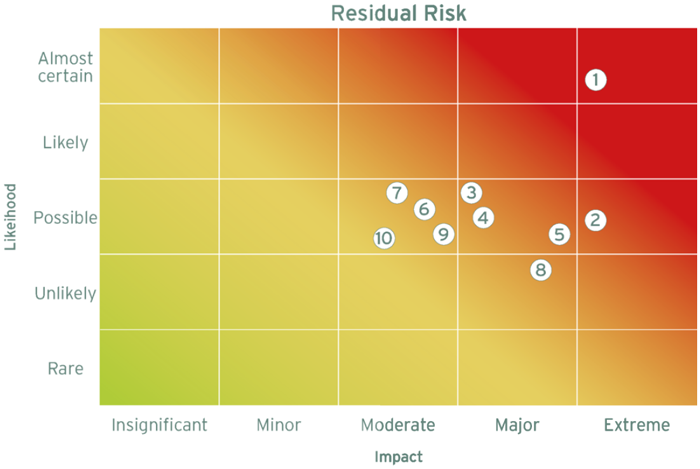
| Likelihood | Impact | |
| 1% – 10% | Rare | Insignificant |
| 11% – 35% | Unlikely | Minor |
| 36% – 60% | Possible | Moderate |
| 61% – 80% | Likely | Major |
| 81% – 100% | Almost certain | Extreme |
Various risk treatment strategies are evaluated, including risk avoidance, reduction, sharing, acceptance or transferring. When selecting risk treatment options, we consider the values and perceptions of stakeholders and the most appropriate ways to communicate them.
The decision to implement a treatment is based on risk tolerances, the effect the treatment will have on the impact and likelihood ratings, and the results of the cost versus benefit evaluation. Once a risk treatment is implemented, Exxaro develops ongoing mechanisms to monitor the implementation and effectiveness of the risk treatment.
Lines of defence
1
2
3
4
5
Risk trend
Operational and maintenance challenges are expected to continue to have a significant impact on Exxaro. Sustainable solutions to current challenges will be explored through proactive engagement with Transnet and the industry.
Material theme
Capitals impacted
Line of defence
Risk ranking trend
Our employees' safety remains a top priority. Although good safety performance has been demonstrated in the recent past, we continue to implement our safety strategy with a focus on safety improvement in our quest for zero harm.
Material theme
Capitals impacted
Line of defence
Risk ranking trend
The prevalence of cybersecurity attacks, specifically ransomware attacks, is expected to increase. We will continue to improve the robustness of the cybersecurity posture.
Exxaro continues to benchmark our cybersecurity profile to enhance identification, detection, response and recovery efforts, and our vulnerability identification and management efforts.
Material theme
Capitals impacted
Line of defence
Risk ranking trend
Social tensions and insecurity persist amid high levels of poverty, income inequality and endemic unemployment (above 30%). With the national elections in 2024, the local economy will likely continue to face challenges like volatility from political uncertainty and associated risks.
Material theme
Capitals impacted
Line of defence
Risk ranking trend
Eskom's financial challenges will remain a concern in the short to medium term as government continues to reform South Africa's electricity sector and Eskom implements its turnaround strategy and restructuring.
Material theme
Capitals impacted
Line of defence
Risk ranking trend
We will continue to focus on delivering on our commitments in line with our licence to operate. Furthermore, the implementation of the Social Impact strategy is expected to deliver greater impact on the communities where we operate.
Material theme
Capitals impacted
Line of defence
Risk ranking trend
An increase in the number of incidents is expected due to the upcoming national elections, which could impact our operations.
Material theme
Capitals impacted
Line of defence
Risk ranking trend
The primary growth lever for the organisation is inorganic growth through acquisition. We will continue to pursue opportunities for growth through mergers and acquisitions.
Material theme
Capitals impacted
Line of defence
Risk ranking trend
The wage agreements are due for renewal in 2024. Focus will be on the upcoming wage negotiations with efforts focused on strengthening union relations.
Material theme
Capitals impacted
Line of defence
Risk ranking trend
Collaborate with value chain partners such as Eskom and the Council for Geosciences on carbon capture and storage for the mitigation of scope 3 emissions. Exxaro operates in line with our carbon neutral target.
Material theme
Capitals impacted
Line of defence
Risk ranking trend
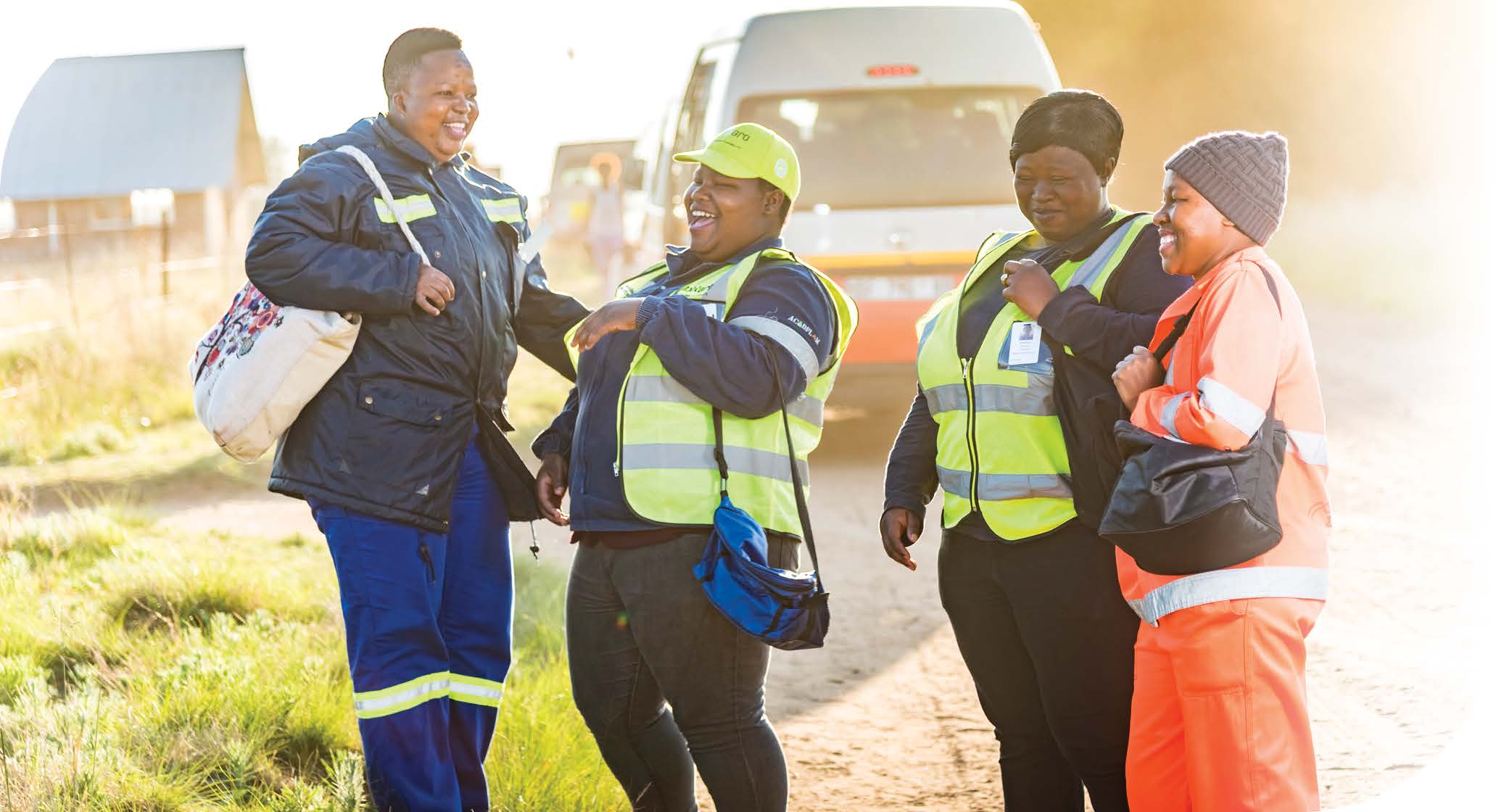
 Report Index
Report Index